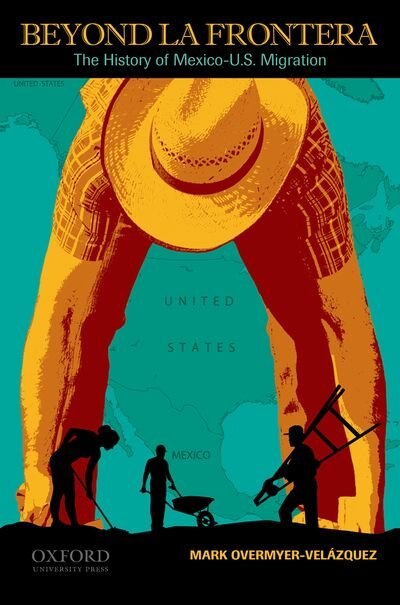Home
Beyond la Frontera by Mark Overmyer-velazquez, Paperback | Indigo Chapters
Loading Inventory...
Coles
Beyond la Frontera by Mark Overmyer-velazquez, Paperback | Indigo Chapters
From Mark Overmyer-velazquez
Current price: $59.99


Coles
Beyond la Frontera by Mark Overmyer-velazquez, Paperback | Indigo Chapters
From Mark Overmyer-velazquez
Current price: $59.99
Loading Inventory...
Size: 1 x 9.25 x 500
*Product information may vary - to confirm product availability, pricing, shipping and return information please contact Coles
Mexican migration to the United States has comprised the world's largest sustained movement of migratory workers in the twentieth century. Given the current and persistent contentiousness surrounding the issues of legal and undocumented migration in Mexican and U. S. politics, it is time for abroad, binational historical perspective that assesses the development and impact of migratory trends and practices as they developed in Mexico and the United States through the twentieth century. An increased and well-established migratory flow in the first decades of the twentieth century prompted the beginning of significant immigration and emigration legislation that established enduring patterns in the binational relationship between the United States and Mexico. Throughout the century, U. S. immigrant legislation has consistently and strategically constructed the Mexican migrant first as a temporary and then as an illegal, unassimilable racialized other, a permanent outsider used to fill the critical labor demands of an expanding industrialized economy. For its part, Mexico, always in a subordinate political and economic position vis-a-vis the United States, initially used its emigration policies to attempt to prevent the flight of its working citizens and then during World War II reversed its position to facilitate an out-migration that yieldedeconomic gains through remittances and relief from unemployment and rapid population growth. Although the implementation or absence of regulatory measures depended upon an array of historical and locally determined factors, the binational economic need for migrant labor and the perceived racialcomposition of migrants and their membership in the nation-state remained fundamental to legislative practices. | Beyond la Frontera by Mark Overmyer-velazquez, Paperback | Indigo Chapters








